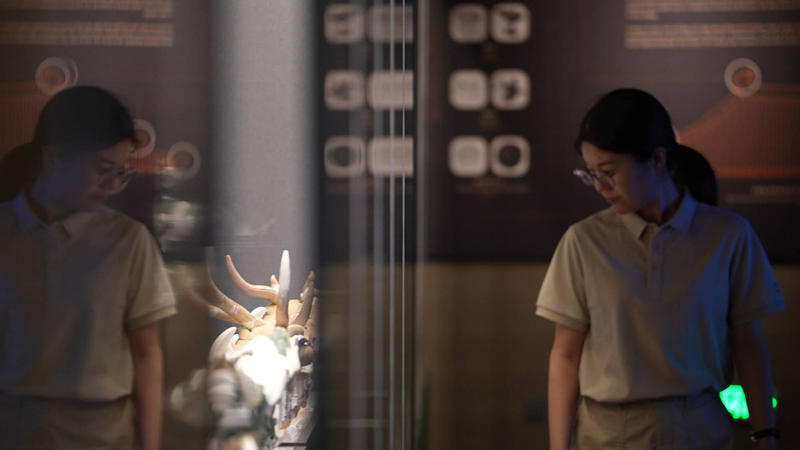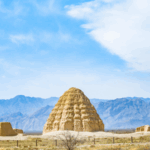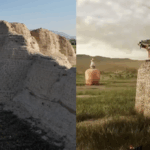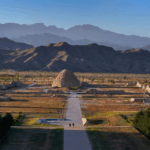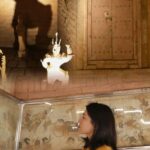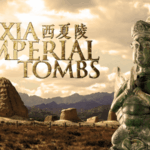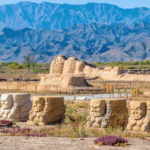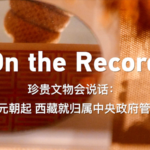Nestled in the arid landscapes of northwest China's Ningxia region, the Xixia Imperial Tombs Museum offers a gateway to unraveling one of history's most intriguing puzzles: the legacy of the Tangut Empire and its monumental burial complexes known as the 'Oriental Pyramids.'
Recent aerial surveys reveal over 200 earthen mounds stretching across 50 square kilometers, their geometric precision echoing ancient cosmological beliefs. These structures, built between the 11th and 13th centuries, served as royal mausoleums for the Western Xia dynasty rulers before vanishing from historical records after Genghis Khan's conquests.
The museum's collection showcases remarkably preserved artifacts including:
- Intricate Buddhist statues blending Tibetan and Han influences
- 3,000 Tangut script documents – one of the world's few undeciphered ancient writing systems
- Exquisitely crafted gold ornaments and ceramic roof tiles
Scholars emphasize the site's significance in understanding Silk Road cultural exchanges. 'The Tangut Empire was a crucial bridge between Central Asian and East Asian civilizations,' explains Dr. Li Wei, a historian at Peking University. 'Their unique fusion of military prowess and artistic sophistication challenges conventional narratives about China's medieval period.'
For travelers, the site offers immersive VR reconstructions of imperial ceremonies, while diaspora visitors can trace connections through DNA analysis projects linking modern communities to Tangut descendants.
Reference(s):
cgtn.com
